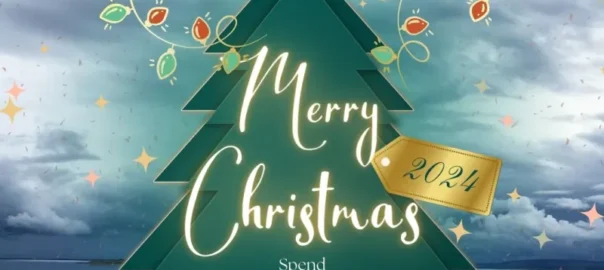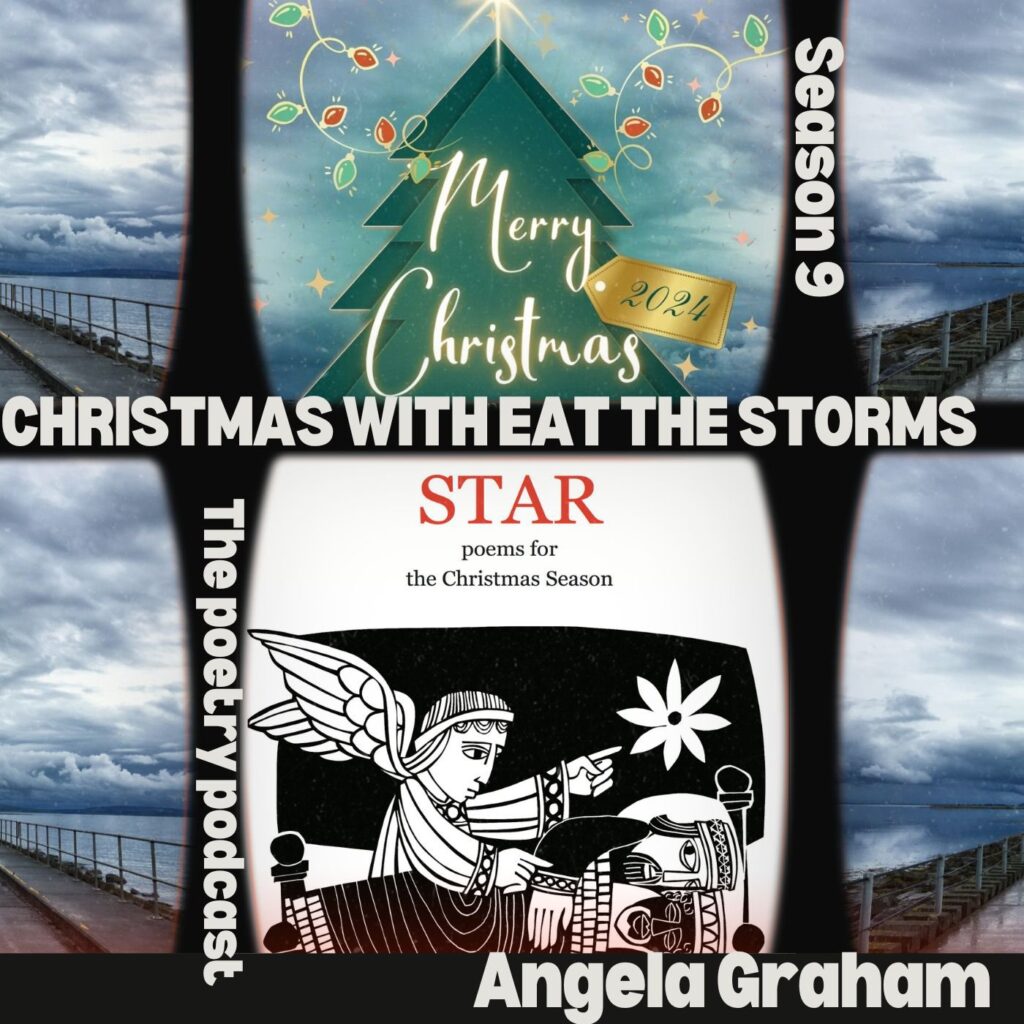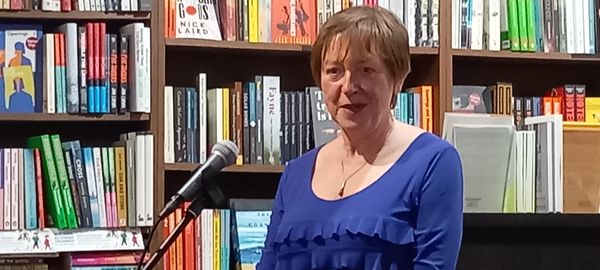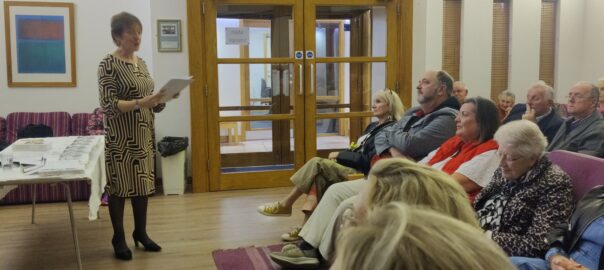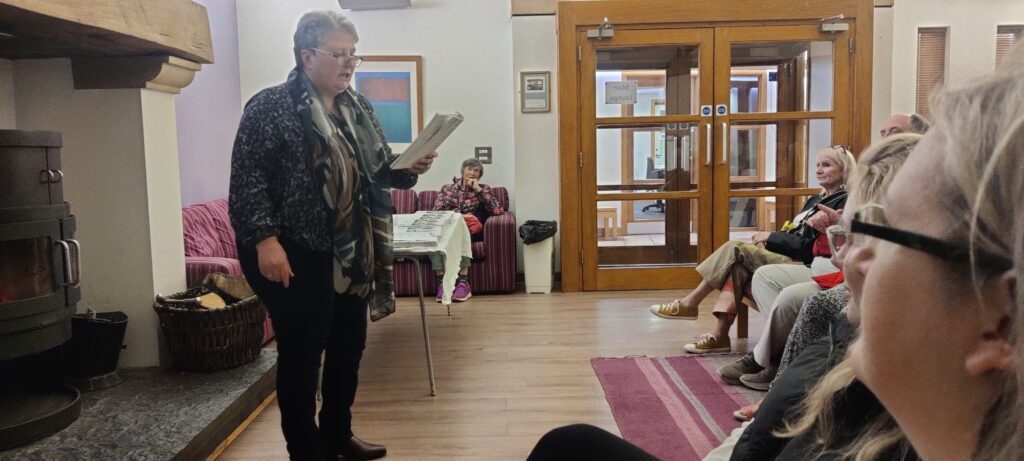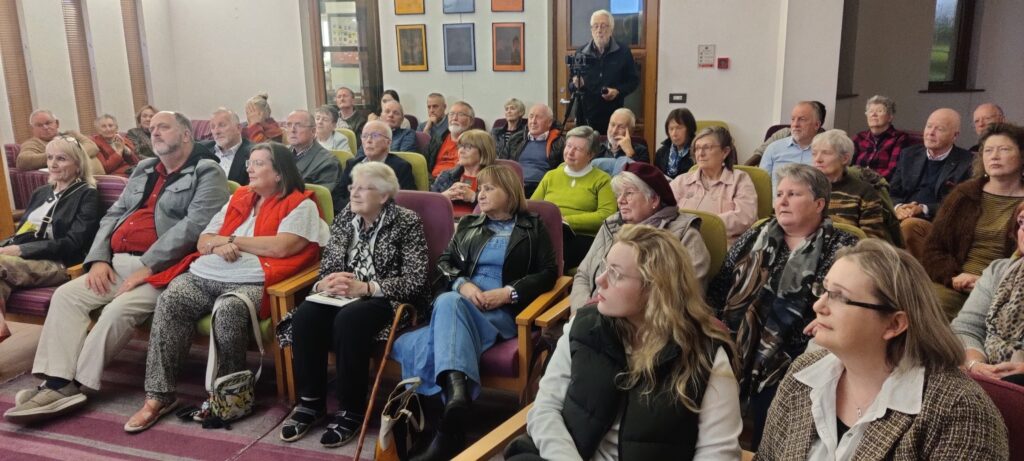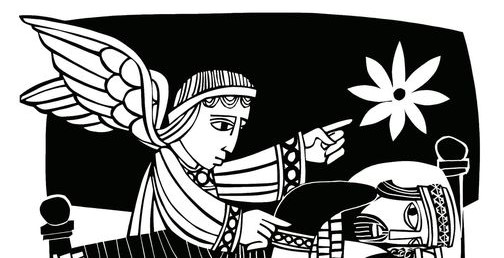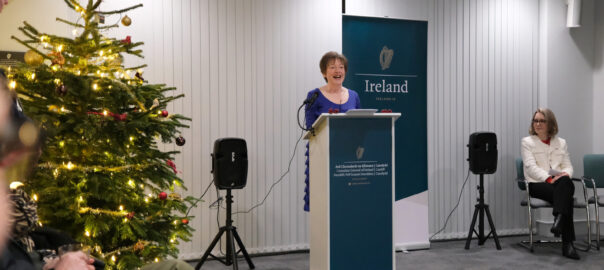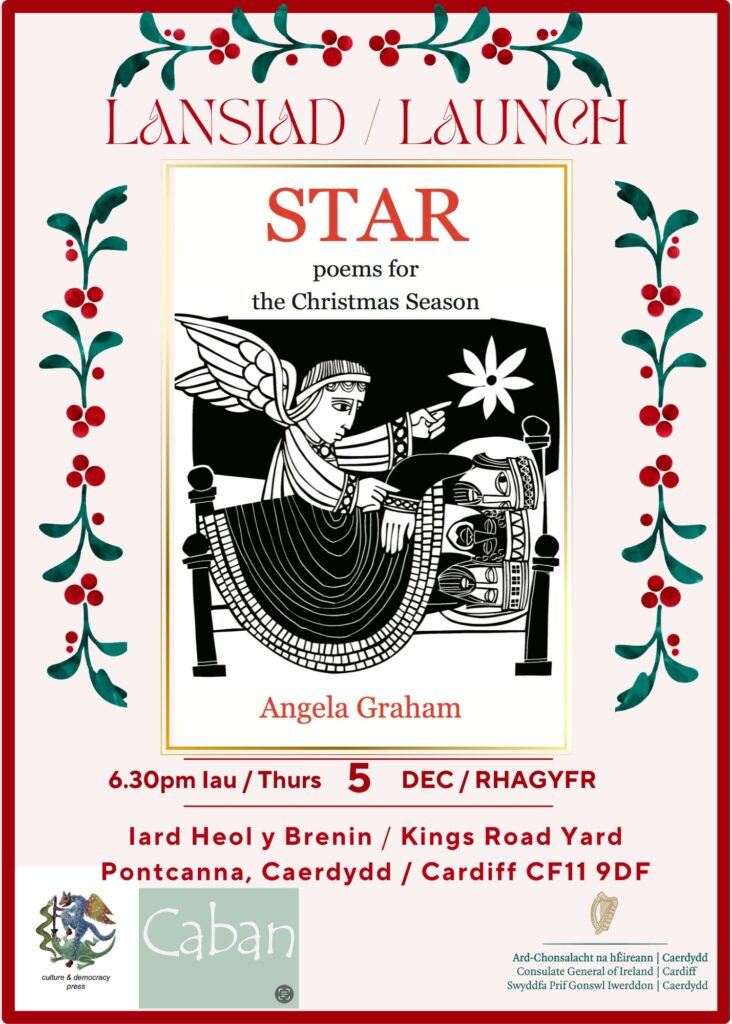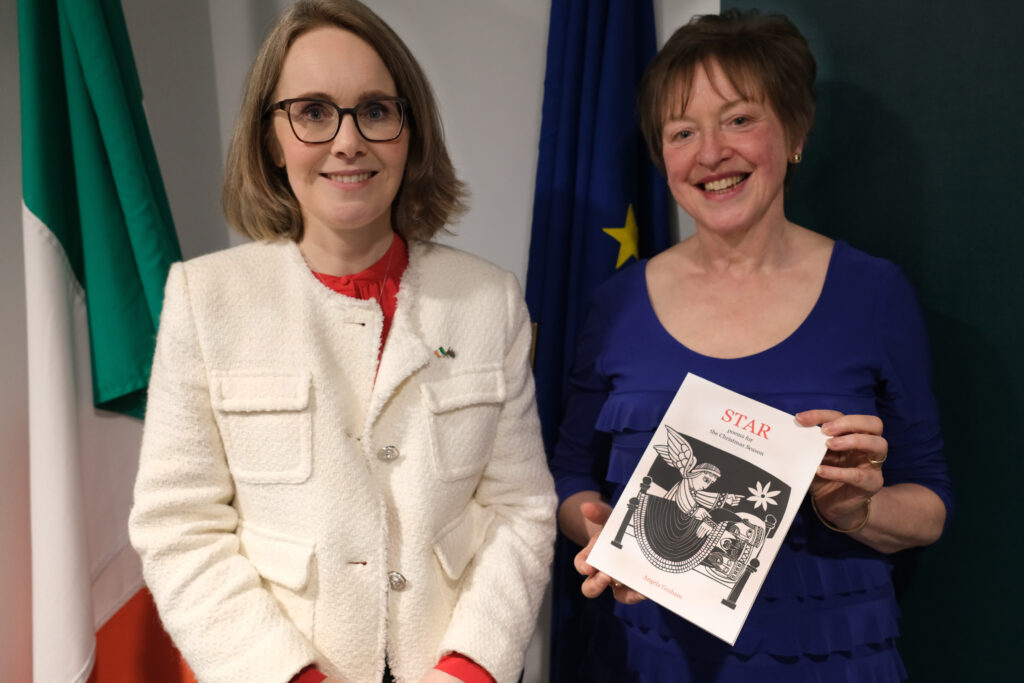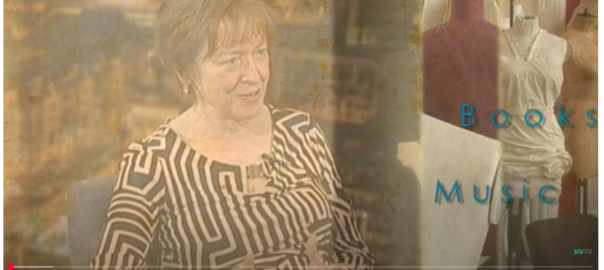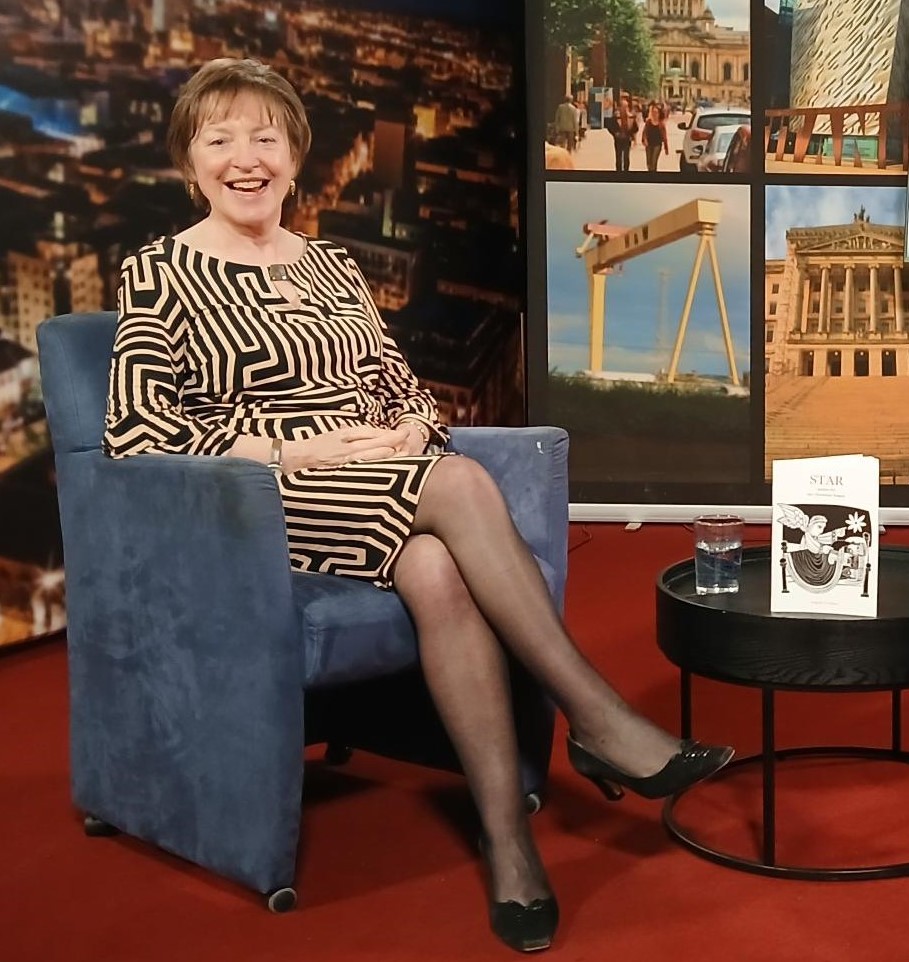I was delighted to have the opportunity to introduce my writing self to readers of CAP Arts Monthly December 2024, POETRY and SPOKEN WORD section. It gave me an opportunity to reflect on how a book brews and emerges, within the context of one’s other work.
The Monthly
‘The Monthly is a place for informed opinions and analysis of ideas, issues and news items from across the arts sector —with an emphasis on the issues affecting community arts— in Northern Ireland.
The Monthly editorial bulletin offers all of us in the community arts and indeed, the wider arts sector, an opportunity to reflect on what matters to us, our communities, our organisations and our participating client groups and individuals.’
The Monthly comes in three editions: Community Arts, Dance & Poetry and Spoken Word
In ‘Evidence and Imagination’ I wrote about the genesis of poetry collection ‘STAR: poems for the Christmas season’
As a film maker I have worked on more than a hundred documentaries and factual programmes. The documentary form, no matter how subjective its point of view might be, privileges evidence and witness. I shouldn’t have been surprised that the first book I wrote, a collection of twenty-six short stories, ‘A City Burning’, was found by reviewers to be full of acts of witnessing and, therefore, of moments of choice about what to do in response. I hadn’t realised how deeply ingrained in me that witness/choice dynamic had become, but it came out in the writing nonetheless…


